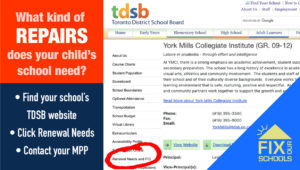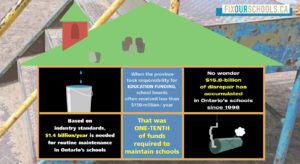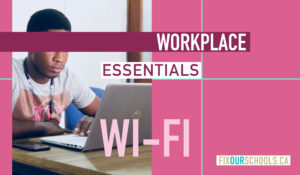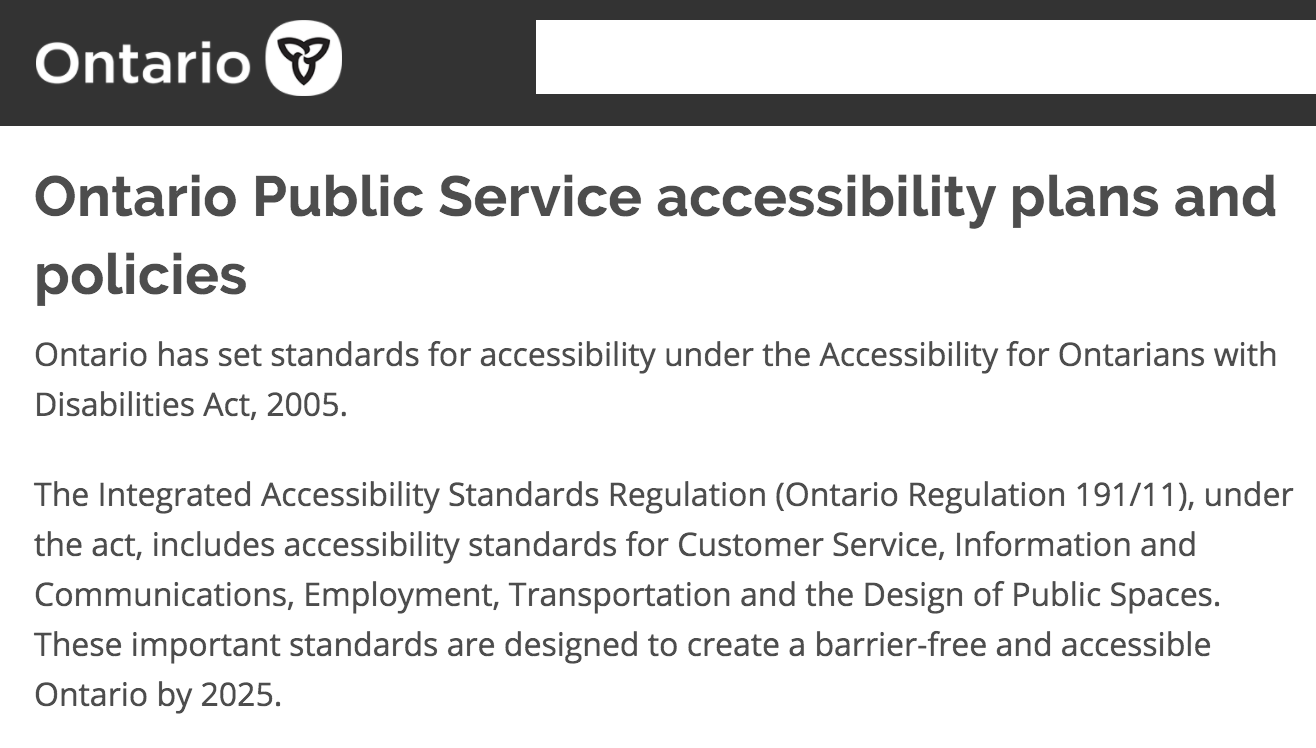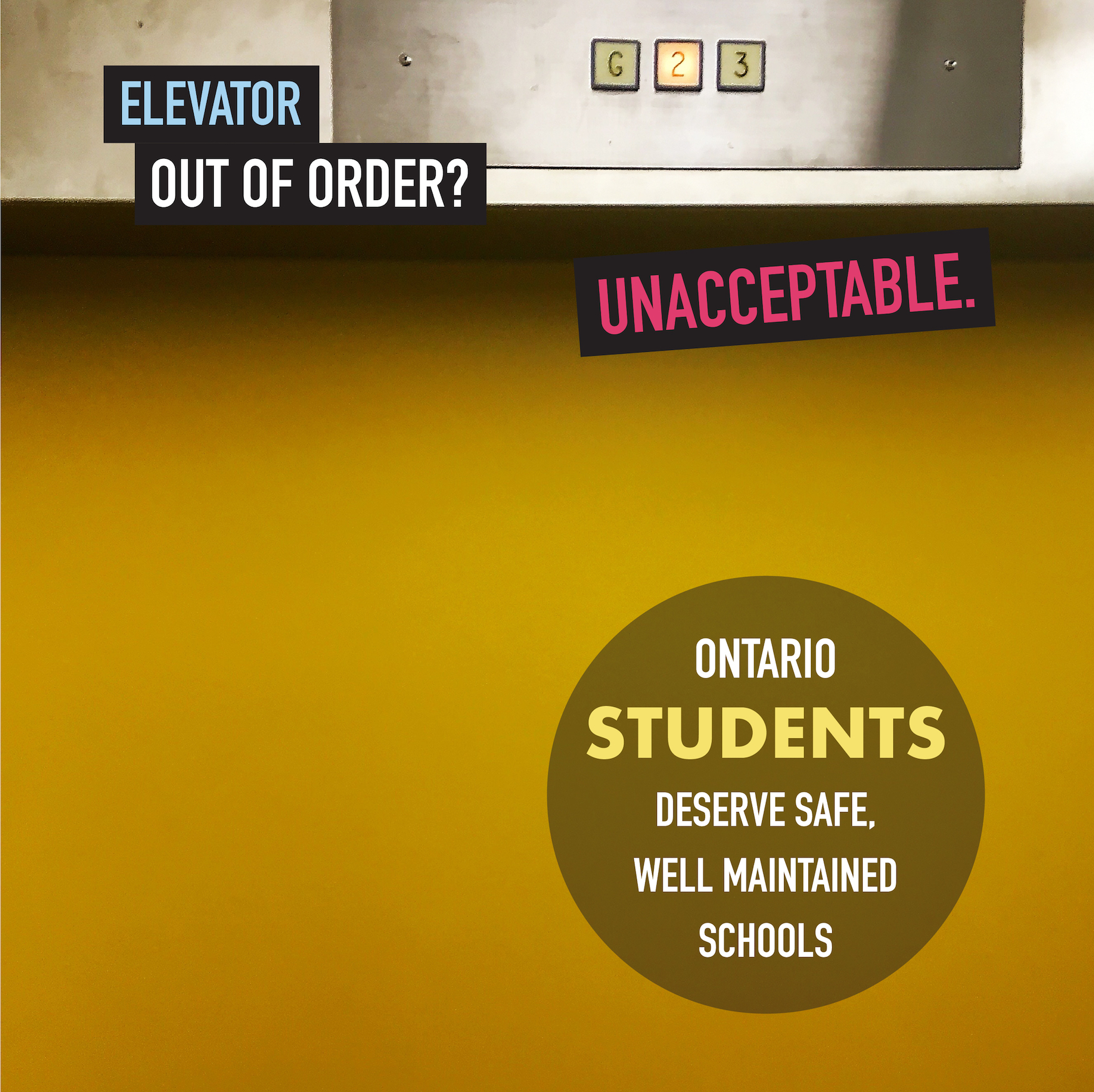Fix Our Schools was founded out of a belief that school building conditions matter. Research has demonstrated time and again that good school building conditions contribute directly to positive attitudes and elevated performance, as measured by fewer health complaints, improved student attendance and teacher retention, and higher test scores. Fix Our Schools also firmly believes that schoolyards matter – they must also be safe, healthy, and well-maintained places for Ontario’s students to play, learn, develop and exercise.
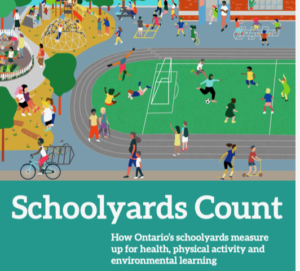 The recently released report entitled, “Schoolyards Count: How Ontario’s schoolyards measure up for health, physical activity and environmental learning” underscores not only the importance of schoolyards but also why, as Ontario emerges from the COVID-19-pandemic, the time is unequivocally now to prioritize both schoolyards and schools. Our provincial government is responsible for funding schools and schoolyards, and is also largely responsible for the associated public policies and decision-making processes that impact schools and schoolyards. Therefore, to prioritize schools and schoolyards, our provincial government must commit to policies and funding that prioritize Ontario’s children and the spaces in which they spend their days.
The recently released report entitled, “Schoolyards Count: How Ontario’s schoolyards measure up for health, physical activity and environmental learning” underscores not only the importance of schoolyards but also why, as Ontario emerges from the COVID-19-pandemic, the time is unequivocally now to prioritize both schoolyards and schools. Our provincial government is responsible for funding schools and schoolyards, and is also largely responsible for the associated public policies and decision-making processes that impact schools and schoolyards. Therefore, to prioritize schools and schoolyards, our provincial government must commit to policies and funding that prioritize Ontario’s children and the spaces in which they spend their days.
According to the Schoolyards Count report, “both achievement and well-being are core purposes of the Ontario education system. Overall well-being includes cognitive, emotional, social, and physical elements. During the school week, children and youth spend half their waking hours at school – so schools share responsibility for getting them outside and active on those days.”
Among the findings on Ontario’s schoolyards presented in this telling report:
- 73% of schoolyards scored less than half the optimum score
- 26% of schoolyards were rated not suitable for play
- 19% of schoolyards were rated not suitable for sports
- 63% of schools had no dedicated outdoor learning space
- 26% of schoolyards were not well-maintained
- Speed limits and other traffic-calming and safety measures to ensure student safety as they walk or bike to school are severely lacking in Ontario’s schools
- Inequity is significant between schoolyards, based on a school’s median family income
Fix Our Schools certainly agrees with the authors of this report that “As children return to school after eighteen months of education disruption, the importance of outdoor spaces at school has never been clearer.” And, we agree that a key recommendation coming out of this report is critical in making progress – that provincial standards must be developed for schoolyards.
Provincial Standards for Schools and Schoolyards
As students headed back to class last year, in September 2020, Fix Our Schools noted that provincial standards for schools had never been more important, stating that our provincial government cannot grossly and chronically underfund public schools for over two decades, and then expect these buildings to provide the optimum environments for learning during a pandemic.
In fact, Fix Our Schools has been advocating for standards for Ontario’s schools since before the last provincial election in June 2018, when we successfully secured the commitment of 58 elected MPPs to develop and fund a standard of good repair for Ontario’s schools. We had felt this was an important issue for any new provincial government to take on because so many important aspects of our children’s learning environments are simply not reflected in the disrepair is assessed in Ontario’s schools. Specifically, the following aspects are excluded:
- Quality of drinking water due to old lead pipes
- Quality of air due to asbestos in old school buildings and dampness/mold
- Classroom temperatures, which are often too hot to learn in the spring and fall; and too cold to learn in the winter months
- Conditions of portables, which are intended to be temporary facilities but often end up being on-site at a school for many, many years
And, to that list, today we would add schoolyards! We wholeheartedly agree with the notion put forward in the Schoolyards Count report that, “the provincial government should work with partners – including school boards and municipalities – to establish minimum provincial standards for schoolyard quality.”
Fix Our Schools looks to @Fordnation to fund metrics, targets & systems immediately so that good ventilation and indoor air quality are forevermore embedded as key aspects of any public learning environment. #onted #onpoli #FixOurSchools pic.twitter.com/qZIMZkuJex
— Fix Our Schools (@Fix_Our_Schools) October 12, 2021
Indeed, standards, metrics and funding will continue to be what Fix Our Schools advocates for in the coming months leading up to the next provincial election, scheduled for June 2022. Surely, one of the silver linings of the COVID-19 pandemic will be a commitment to doing what is clearly the right thing – not only for the 2-million Ontario students, who deserve to spend their days in environments that meet a minimum standard, but also for citizens, who deserve to see that the investments made in schools and education have positive outcomes.

